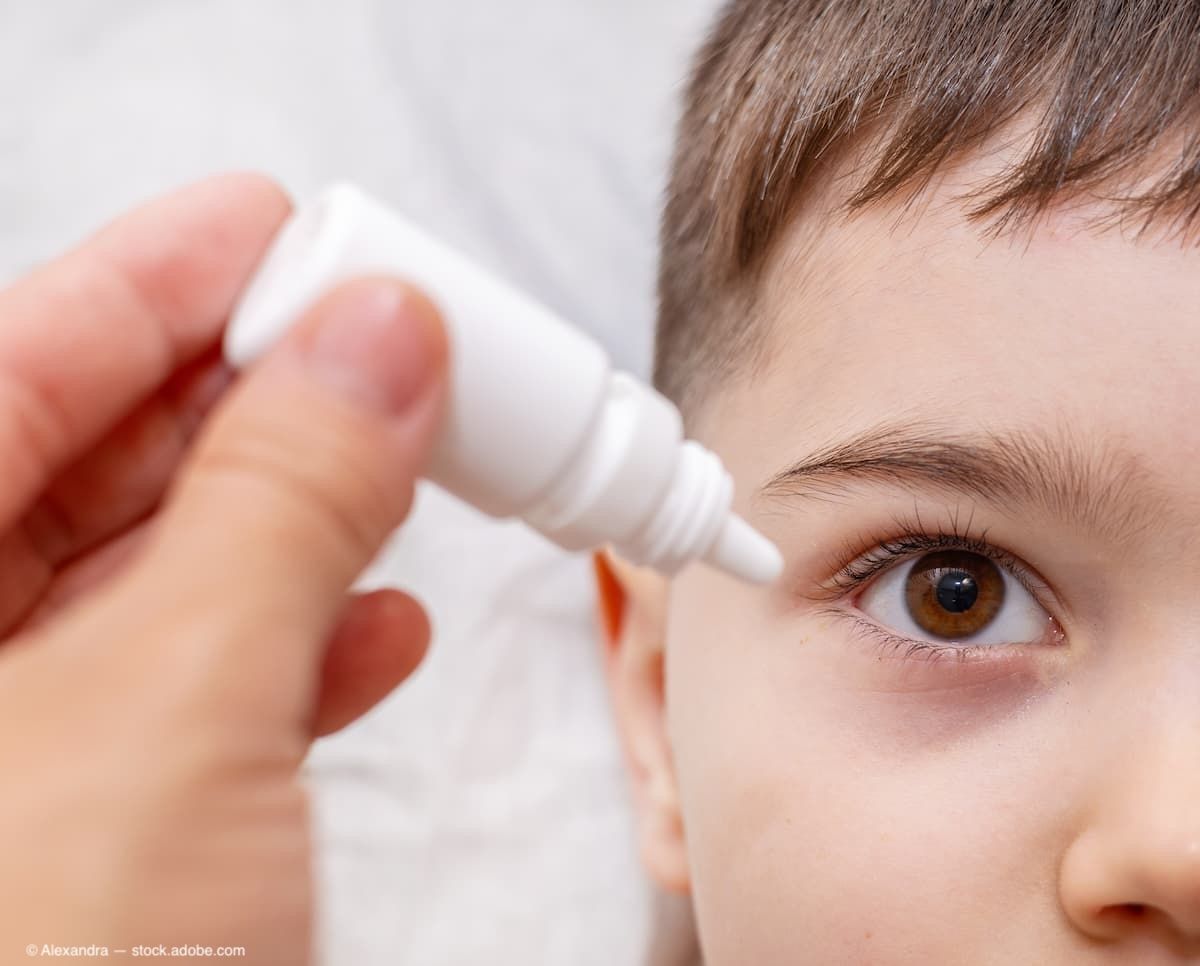News
Video
ASCRS 2025: Maanasa Indaram, MD, offers guidance for general anesthesia in pediatric corneal crosslinking
Author(s):
Maanasa Indaram, MD, is the medical director of the pediatric ophthalmology and adult strabismus division at University of California San Francisco. At the American Society of Cataract and Refractive Surgery (ASCRS) meeting, she presented findings from a study on the treatment of keratoconus using corneal cross-linking under general anesthesia.
In the study findings presented at the ASCRS annual meeting, the investigators showed that, at the 3-year mark, patients' keratometry values remained stable and visual acuity stayed the same or improved. Importantly, there were no permanent complications from anesthesia. "The few complications that we did have were ones that we often see in crosslinking, that can [occur] without general anesthesia," Dr. Indaram said. Minor issues such as persistent epithelial defects resolved within 2 weeks, and instances of corneal haze resolved within 2 years, she said.
The study confirmed the safety and effectiveness of the procedure for pediatric patients or those with neurocognitive disabilities, she said. "General anesthesia is very, very important in this particular population, which actually will have the highest rate of progression and visual significance," Dr. Indaram emphasized.
Newsletter
Don’t miss out—get Ophthalmology Times updates on the latest clinical advancements and expert interviews, straight to your inbox.




